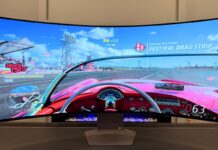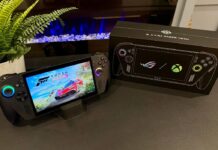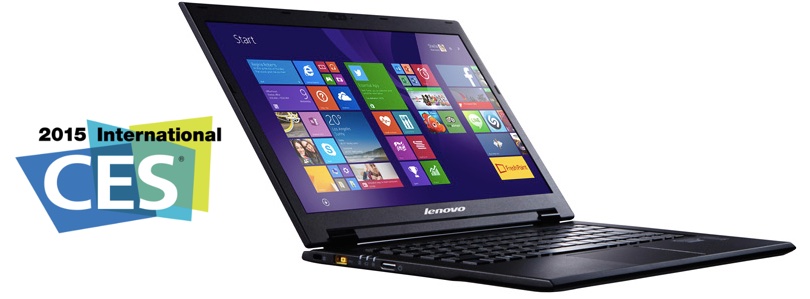
The first official day of the 2015 Consumer Electronics Show is wrapping up. Between today and the pre-show press conferences, a huge number of new products are coming down the pipeline when it comes to computers and mobile technology. I’ve put together an overview of some of the biggest news in this area, including one announcement that’s already had a big ripple effect in the PC industry: Intel’s “Broadwell” 5th generation Core processors.
Intel Broadwell CPUs usher in an era of ultra light notebooks
 Not everyone gets excited about CPU news, but Intel chose CES 2015 for its Broadview processor launch for a reason. These new processors are no mere spec bump, but a significant upgrade from the previous generation “Haswell” chips. For the first time in its history, Intel is moving its entire consumer product line forward simultaneously —everything from the Celeron to the Core i7 has received the Broadview treatment.
Not everyone gets excited about CPU news, but Intel chose CES 2015 for its Broadview processor launch for a reason. These new processors are no mere spec bump, but a significant upgrade from the previous generation “Haswell” chips. For the first time in its history, Intel is moving its entire consumer product line forward simultaneously —everything from the Celeron to the Core i7 has received the Broadview treatment.
And the difference these chips will make (especially when it comes to portable PCs) is already on display at CES and drawing accolades. More on that in a minute, but first the Broadview specifics:
- 14nm chipset is 37 percent smaller than before, yet packs in 35 percent more transistors
- Graphics performance gets a 24 percent boost
- Video conversion improves by 50 percent
- Battery life is improved by up to 90 minutes
- Supports fanless operation
With Broadwell chips, portable PCs can be slimmer and lighter with significantly better battery life, while all Broadwell-equipped PCs get a performance boost and a significant uptick in graphics capabilities.
As Intel noted, there are a lot of people who haven’t updated their PCs in four years or more (over 600 million by some estimates) and if they compare their current PC to a new Broadwell-based one, they are going to see an incredible improvement. Overall performance that’s 2.5 times faster, graphics performance improved by a factor of 12, wake time that’s nine times faster and laptops should see roughly double the battery life.
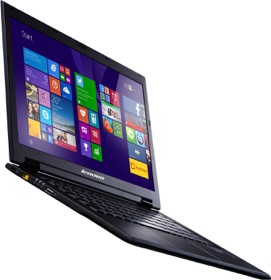 Lenovo LaVie Z Laptop is the world’s lightest 13-Inch UltraBook
Lenovo LaVie Z Laptop is the world’s lightest 13-Inch UltraBook
This is exactly the kind of product we can expect now that Broadwell CPUs are officially in full production.
At CES, Lenovo took the wraps off the LaVie Z HZ550 UltraBook. Thanks to use of magnesium-lithium in its construction and Intel Core i5 Broadview chips, this ultra-portable PC weighs in at just 780 grams. That’s despite a 13-inch touch display that’s available in resolutions of up to 2560 x 1440 pixels.
The notebook version —the LaVie Z HZ750 with a 5th generation Core i7 option— is still under one kilogram, which is a very impressive feat for a fully functional, high-powered portable PC.
Asus Transformer Book Chi T300
Running a 5th generation Intel Core M processor, Asus was showing off its latest Transformer Book UltraBooks, another example of how PC and tablet makers can make the most of Intel’s new chipset.
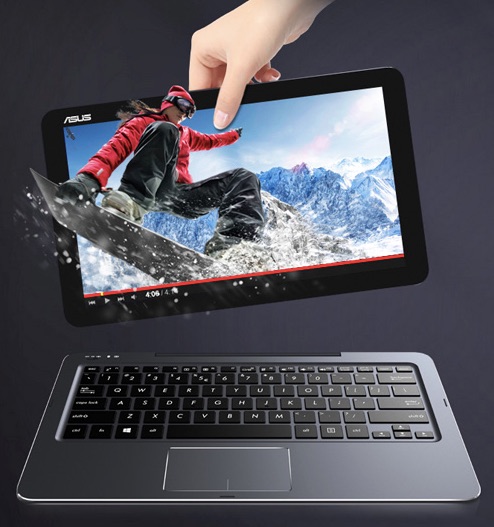
A competitor to Microsoft’s Surface Pro 3 and the MacBook Air, the aluminum Transformer Book Chi T300 is the largest (and latest) model in the 2015 edition of Asus’ popular 2-in-1 convertible PC series. It’s a Windows 8.1 laptop with a full keyboard, but the 12.5-inch WQHD IPS display detaches to become a standalone Windows tablet.
The Transformer Book Chi T300 is thinner than a MacBook Air, weighs 1.45 kg (the tablet on its own is 720 g) and battery life is rated at 8 hours.
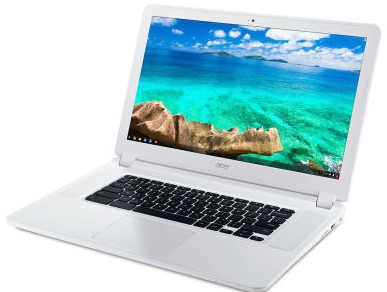 Acer Chromebook 15
Acer Chromebook 15
A final shout out to the PCs in the CES spotlight that have been made possible by those new Intel Broadwell processors.
Acer is building on the success of its Chromebook line with a big upgrade —literally big. The Acer Chromebook 15 is the first Chromebook to sport a 15.6-inch display, and it’s a full HD model. The use of a 5th generation intel Celeron or Core i5 CPU gives this big Chromebook the power needed to push those pixels, while still offering an affordable price and all-day battery life.
Samsung SSD T1 Portable Solid State Drive
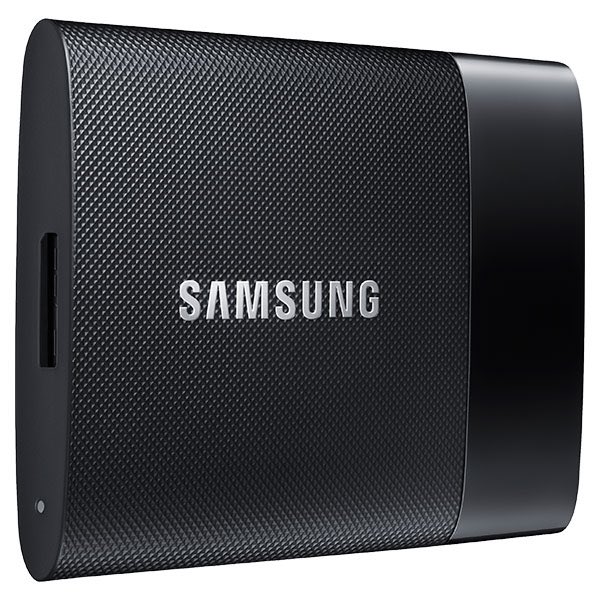 Solid state drives (or SSDs) have been another key component in the ultra-portable PC revolution thanks to their tiny size and low power consumption. SSDs also offer a significant performance boost for any PC.
Solid state drives (or SSDs) have been another key component in the ultra-portable PC revolution thanks to their tiny size and low power consumption. SSDs also offer a significant performance boost for any PC.
External hard drives are invaluable backup and data storage workhorses, but they’ve been largely been the last holdout of old school, spinning hard disk drives. Size is less of an issue with these products, so sticking with the cheaper hard disk drives makes sense.
Portable hard drives are another story. When the drive is something you have to physically carry, the smaller the better. At CES 2015, Samsung is showing off its new line of SSD T1 portable solid state drives. Available in 250GB, 500GB and 1TB capacities, the SSD T1 is the size of a credit card (although slightly thicker), incorporates 256-bit data encryption and Samsung claims data input/output is 100 times faster than with a hard disk drive.
So not only can you fit a lot of data in your pocket, you can complete your data transfers in a fraction of the speed as well.
These Samsung drives look pretty sleek, too.
LG G Flex 2
CES isn’t usually dominated by smartphone releases, but every year there are a few that make a splash.
LG is doing just that with its G Flex 2.
This is the new version of last year’s original G Flex. It still has the cool (and ergonomic) curved form factor and the innovative “self-healing” polymer back panel. But this year’s version shrinks the display down to a more manageable 5.5-inches (from the original 6-inches) while boosting resolution to Full HD for a sharper look. The optically stabilized camera gets a boost to 13MP while the CPU is upgraded to a monster octa-core Snapdragon 810.
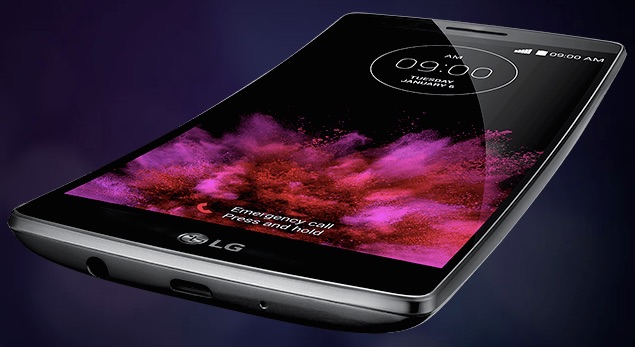
Naturally, the new and improved G Flex 2 is running Android 5.0 Lollipop. In short, everything that impressed about the LG Flex is still here, tweaked and improved, then made even better by a superior display, seriously upgraded CPU and the latest version of Android.
Stay tuned for more CES 2015 news —there are still three days left and I couldn’t fit everything that’s worth noting from the weekend and day one in a single post.


